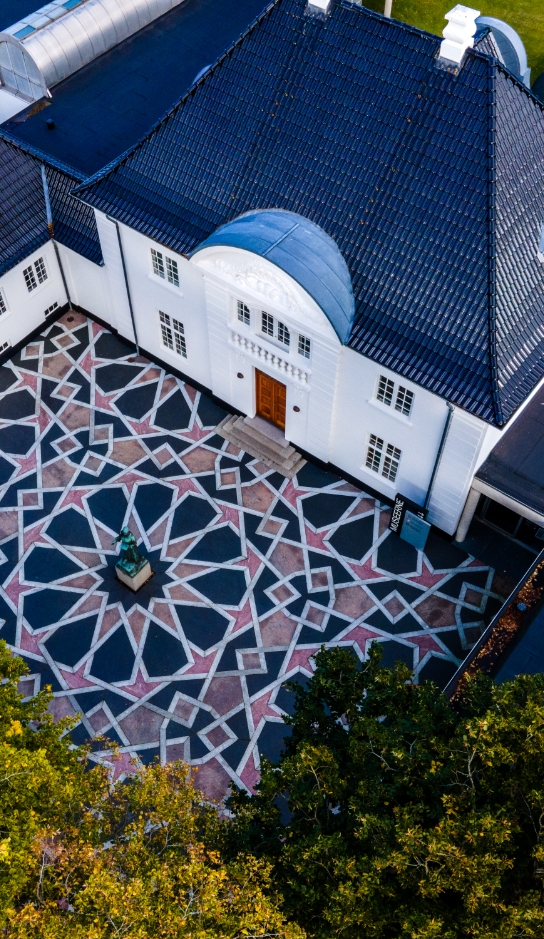The March Exhibition 1951-1982
Collection
The March Exhibition was one of the most significant artists’ associations of 20th-century Denmark. United in their belief in the tradition-bound nature of art, its members searched beyond the prevailing styles of art and art-political groups.
The March Exhibition thus represented a break with the avant-gardism that two of the Association’s founders, Ejler Bille and Erik Thommesen, had helped to promote in the 1930s and 1940s. Several of its members also argued strongly for their positions in the public arena, and for more than 30 years, the March Exhibition thereby exerted an important influence on Danish artistic life.
På billedet ses de udstillende kunstnere fra Martsudstillingen i 1965. Fra venstre: Ejler Bille, Agnete Madsen, Arne Johannesen, Anna Thommesen, Erik Thommesen, Knud Lollesgaard, Poul Ekelund, Jeppe Vontillius og Viggo Jensen.
A personal and human matter
With the March Exhibition as the conceptual and practical focal point, its artists emphasised the sensed reality in an explorative, serene and contemplative expression. The focus was on the intimate and cultivating, as according to the Association members, it was precisely in this aspect that art could be expressed as a personal and human matter. Homogeneity, stability and integrity were fixed characteristics.
Members
The March Exhibition consisted of: Ejler Bille, Poul Ekelund, Viggo Jensen, Arne Johannesen, Harald Leth, Knud Lollesgaard, Agnete Madsen, Anna Thommesen, Erik Thommesen, Gertrud Vasegaard, Åge Vogel-Jørgensen and Jeppe Vontillius. Albert Mertz, Astrid Noack and Erik Ortvad were also associated with or members of the group for short or long periods. This exhibition displays works by selected artists from the March Exhibition.
The history
The March Exhibition was established in 1951 on the initiative of Ejler Bille and Erik Thommesen. From the start the association was intended as an alternative to the other artists' associations of the time, for instance Cobra which had counted Ejler Bille and Erik Thommesen among its members.
Martsudstillingen søgte i en anden retning. Væk fra ideen om kunsten som værende i evigt oprør med det bestående. I stedet søgte medlemmerne et ståsted i traditionen, hvor det var indholdet og ikke det ydre formudtryk, der var det vigtigste.

